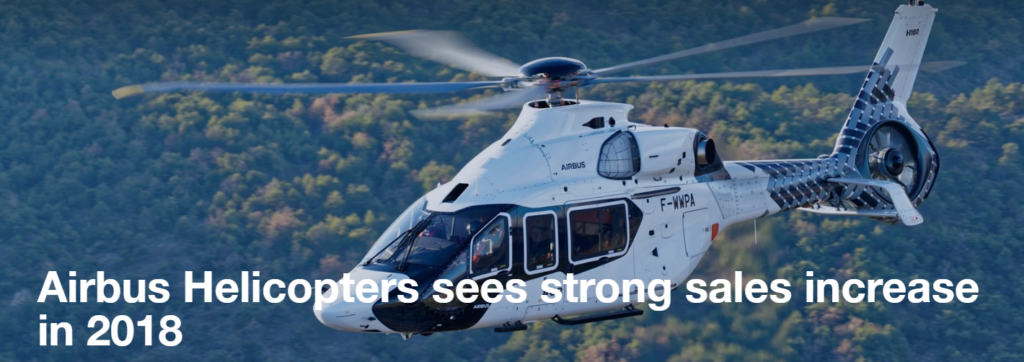Sukhoi Superjet 100 Involved in Deadly Fire
This image taken from a video distributed by Russian Investigative Committee on Sunday, May 5, 2019, shows the Sukhoi SSJ100 aircraft of Aeroflot Airlines on fire, at Sheremetyevo airport, outside Moscow, Russia. At least 40…

